A panel led by Jocelyn Cunningham (Arts and Society), Paul Heritage (People’s Palace Projects), Justine Kenyon (Arts and Culture, Wandsworth Council) and Jonathan Petherbridge (London Bubble) gathered with a group of 22 people (academicians, researchers,arts practitioners and local connectors) on Thursday 5 June to explore the relationship between artistic work and social, civic, personal wellbeing.
A few questions were posed by Jocelyn to start the conversation – what does a‘shared’ ‘public’ space mean? Who owns it? Who gives permission to animate it? Why do artists work within an urban landscape? What conditions help or hinder this work to be realised? What are the challenges of this kind of work? What are the mechanics of this kind of work?
The panel shared their experiences, and the gathered audience pitched in with questions, reflections and challenges. Theatre makers recognized the ability to use their skills as connectors when working in a civic space. The work needed to connect with those that used the space and/or felt a sense of ownership of it. Jonathan Petherbridge spoke about considering the relationship of the users to the space whilst offering artistic intervention, as the work would leave an indelible memory for the users and impact on their future relationship with that space. ‘Connectivity’ came up as an important aspect, because it is possible to connect with something that might be privately owned.
Linked to ownership was the question of permission. Does one need to be ‘someone’ to create an intervention in a public space? Also giving ourselves permission to engage with a space playfully and creatively was highlighted.

The question of working in a public space, and what makes it ‘public’ versus being a ‘shared’ civic space generated interest. Paul Heritage spoke about the challenges of ‘sharing’ spaces such as prisons and how arts can open a closed space (such as a school or a prison) so that it is activated and operates in a public domain. How can arts start to drive new engagement with social issues, rather than being willing receivers?
Focus on the ‘politics’ of space was also discussed. Southbank skaters and the rebuild of Crystal Palace were cited as examples of political and social action connected with a space. Perhaps working with/ in a civic space is a sort of political action (however big or small) and arts organizations have become complicit with developers who are offering privately owned and secured spaces for deceptively public use. Justine Kenyan highlighted how designed cultural cities fail when on the other hand artists’ re-purposing of disused spaces creates interesting and sustained initiatives.
Jocelyn Cunningham, chairing the discussion, ended with this list of verbs to describe the using of public space from the event:
Intervening, remembering, negotiating, take up home, crossing the barrier, accessing, trickster-ing, surprising, re-purposing, sharing, borrowing, disrupting, negotiating, having fun, messing up, reclaiming, flowing, stealing, mapping, agency-ing, appropriating,interfering, inhabiting, playing, giving permission.
CLICK HERE to read about the other sessions which took place at Bubble during Creativity & Wellbeing week 2014
